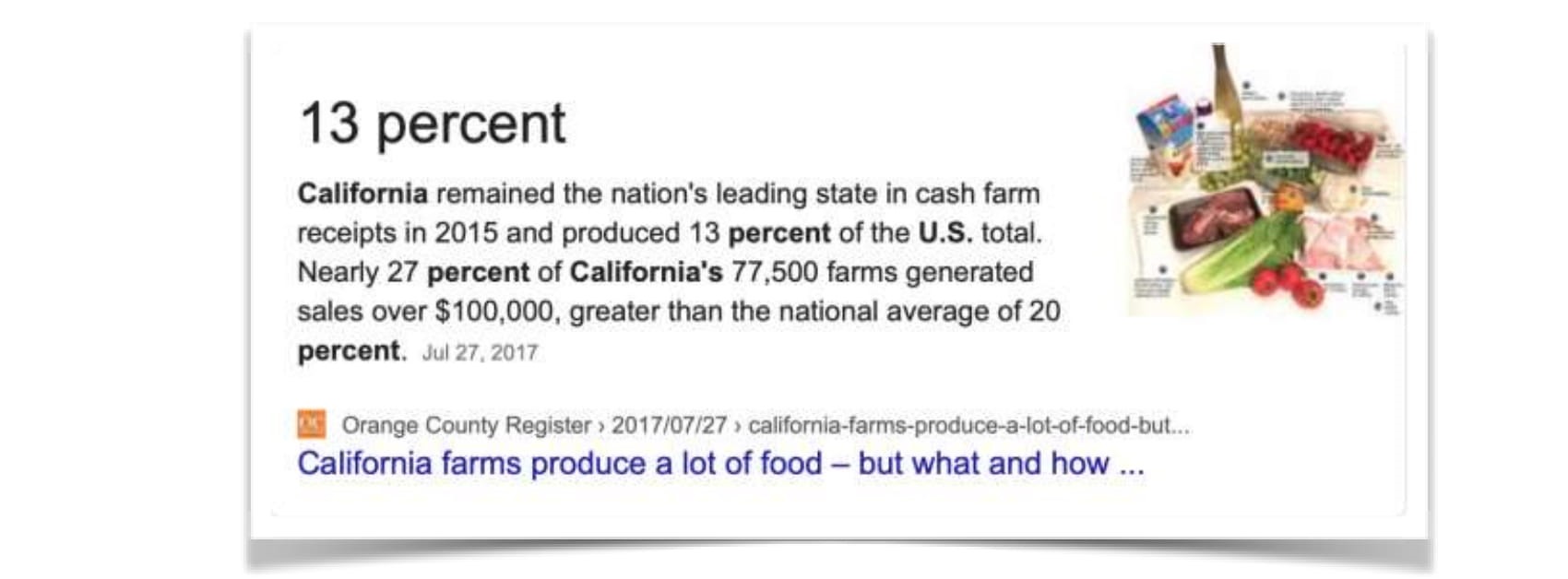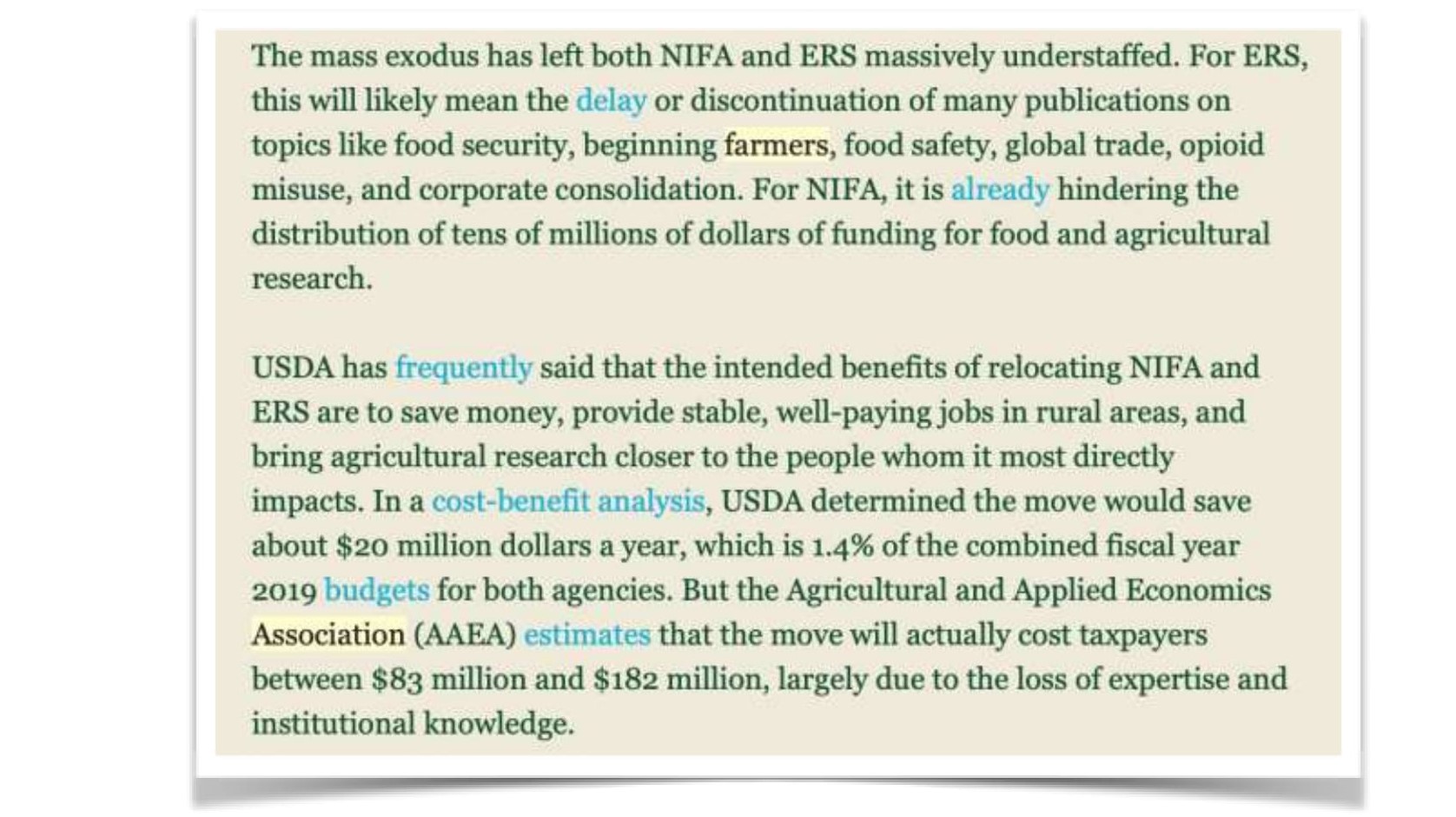(Mostly) About Food…Food for Thought

(Mostly) About Food…
By Diane Pohl Minott
Food for Thought
This blog was delayed because there is a lot of thoughts and information floating around in my head. As a writer, I’ve always prided myself on distilling my ideas and choosing the most appropriate—and the fewest—words to convey my message. That process has failed me for this project. So, here is some of the information that I’ve recently found.
The news about the environment and freaky weather events is escalating, and the plight of US farmers is often featured. Government policy issues have been changing as well, and I can’t help thinking that there could be a perfect storm forming regarding our food supply.
Food security is national security. I can’t say how to achieve food security, as the US does supplement what we grow with imports. For example, as reported in the April 3, 2019, issue of Time magazine, “About 50% of vegetables and 40% of fruit imported to the U.S. are grown in Mexico, according to U.S Department of Agriculture data.”
California, of course, produces a lot of our food. From a Google search:

You may recall that California is having quite a problem with fires these days. Obviously, both clean air and clean water are required to produce healthy crops.
And California has water problems as well.
You will find this sentence in this article:

And while California’s drinking water problems
span the length of the
state, about half of California’s failing water systems
are concentrated in
the agricultural San Joaquin Valley.
I could go on. If you search “food security national security” on Google, you can read up on the issues. As a member of the Indiana Farmers Union, I get a lot of info from the newsletters they send me. Here is an excerpt from the October 3 National Farmers Union newsletter regarding changes in the United States Department of Agriculture:

Ok. So, is all the news bad? No. Another idea that has been floating around in my head is the concept of victory gardens, also called war gardens or defense gardens and promoted by countries during WWII so that families would grow their own fruits, vegetables, and herbs. We’re not there yet, of course, but a little research, planning, and informed choices at this point can’t hurt.
Last year, I attended a two-day seminar in Goshen, IN, given by Ben Hartman of Clay Bottom Farm. Ben has spent years researching the most effective farming techniques from all over the world. He farms one acre of land, and the results are amazing. Ben has written two books and gives seminars. You can also access an online course. Don’t have one acre? The techniques and tools can produce impressive results in less space. Here is the link: http://claybottomfarm.com.
Of course, you can find more resources online. Enough to fill your reading time for decades.
I’m just planting a few seeds here. It seems as if changes, perhaps massive ones, are coming. Individuals and communities can develop strategies. Changes and adaptations will be complex but can promise opportunity.
It’s never too early to consider what comes next.
Diane’s bio
I've been traveling ever since I got my first bonus check, and a lot of that was solo, which allowed me better access to what some call the deep culture within the countries I visited. I married a man who lived in four countries before he started high school, and together we've lived in five countries on three continents. Through it all, I've searched out good food and have developed a respect and affinity for those who particulate in its production. Call me a good-food appreciator.
